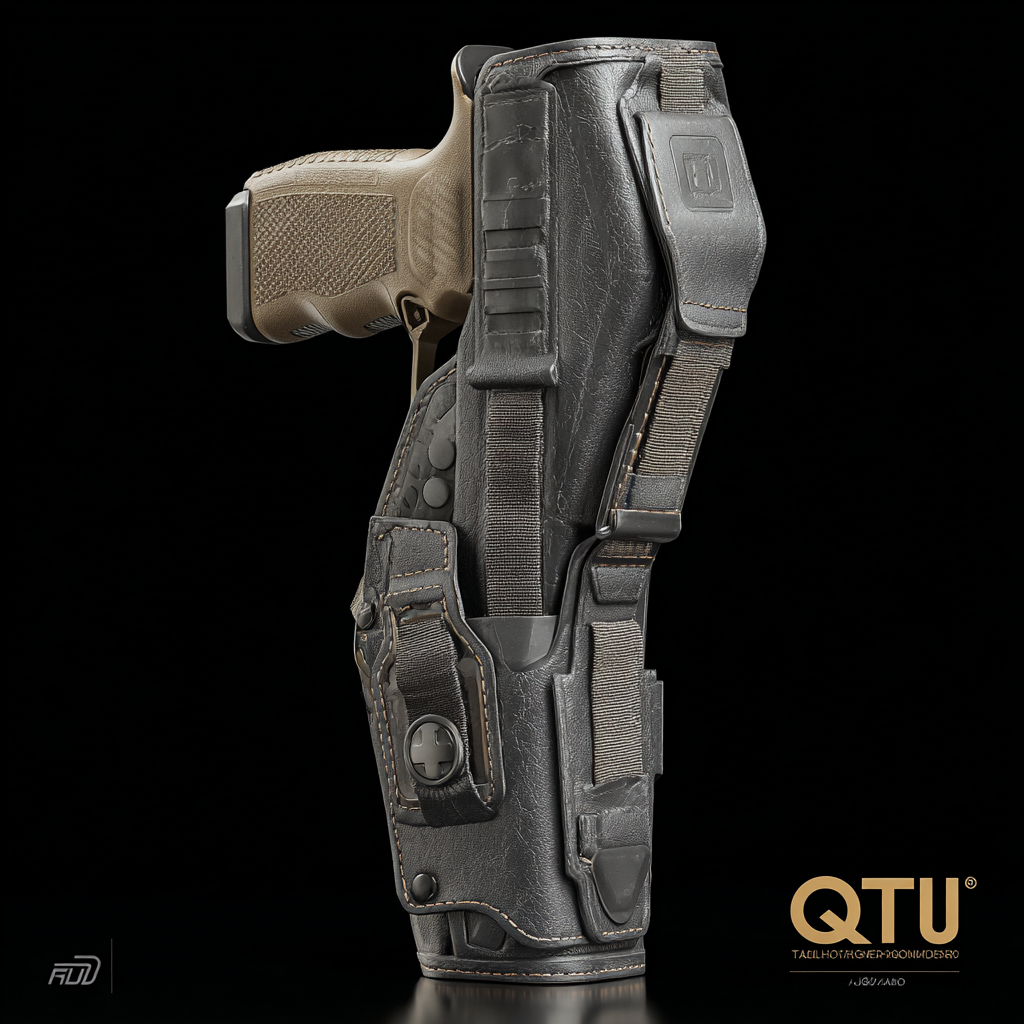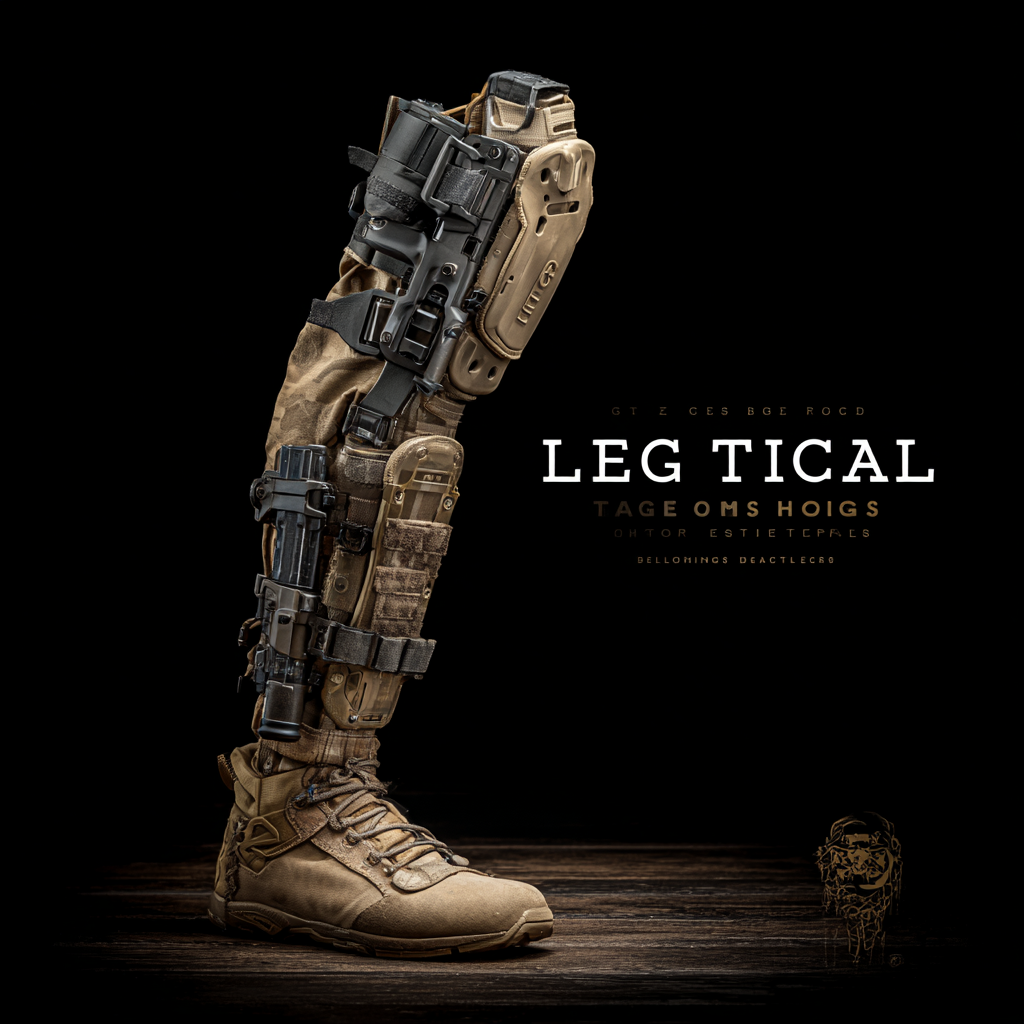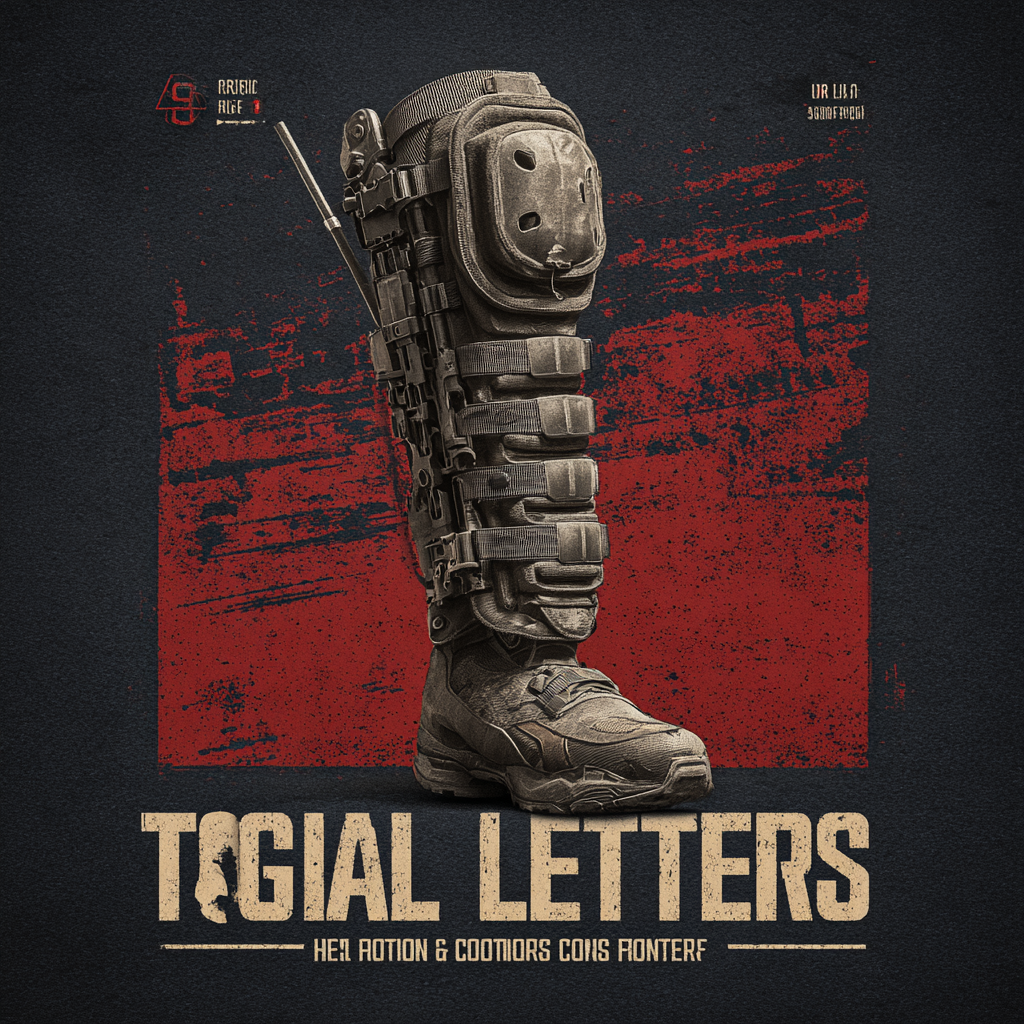The Future of Tactical Leg Holsters Redefining Comfort and Efficiency
In the ever-evolving world of tactical gear, the future of Tactical Leg Holsters promises an exciting blend of comfort and efficiency that meets the demands of modern-day warriors and outdoor enthusiasts alike. As advancements in materials and manufacturing techniques take center stage, this evolution is particularly driven by those striving for superior craftsmanship—exemplified by world-class Chinese factories renowned for their exceptional manufacturing capabilities. These facilities are not only innovating in terms of comfort but are also pushing the boundaries of functionality, making tactical leg holsters more adaptable, lightweight, and user-friendly. As we delve deeper into this transformative journey, we will explore how the convergence of cutting-edge technology and ergonomic design is shaping the next generation of Tactical Leg Holsters, ensuring they remain indispensable for those who rely on them in critical situations.

Exploring the Evolution of Tactical Leg Holsters: Trends and Innovations
The evolution of tactical leg holsters has been shaped by an increasing demand for comfort and efficiency among military and law enforcement personnel. Recent industry reports indicate that the global market for tactical gear is projected to reach $19 billion by 2026, driven by innovations in materials and design. Modern holsters are no longer solely about functionality but also consider user ergonomics, allowing for better mobility and less fatigue during extended use. This trend aligns with a growing emphasis on incorporating lightweight materials and retention systems that offer both security and ease of access.
Tip: When selecting a tactical leg holster, prioritize adjustable features that ensure a secure fit and allow for quick adjustments in the field. Look for holsters made from breathable materials to enhance comfort during long hours of wear.
Moreover, advancements in 3D printing technology have played a pivotal role in personalizing holsters to fit specific weapon types and user preferences. Customized holsters not only improve usability but also increase the overall satisfaction of the user. Data suggests that users are 60% more likely to choose a holster that offers a tailored solution rather than a generic option available on the market.
Tip: Always test your holster with your specific gear to ensure compatibility and comfort. Regularly reassess your holster choice to make sure it meets evolving needs and incorporates latest innovations in design and materials.
The Future of Tactical Leg Holsters: Redefining Comfort and Efficiency
This chart illustrates the average ratings and characteristics of tactical leg holsters based on various metrics. Key factors such as weight, adjustability, material quality, storage capacity, and price are critical in determining the comfort and efficiency of these tactical accessories.
Analyzing User Comfort: Ergonomic Designs in Tactical Leg Holsters
 As the tactical gear market evolves, user comfort has emerged as a critical factor in the design of leg holsters. A recent industry report highlights that nearly 75% of tactical gear users prioritize comfort in their purchasing decisions, underlining the need for ergonomic designs. Modern tactical leg holsters are increasingly incorporating features such as breathable materials, adjustable straps, and contoured forms that follow the natural curves of the leg. These ergonomic advancements not only enhance comfort but also improve the overall efficiency of the gear, allowing users to remain agile without compromising on accessibility.
As the tactical gear market evolves, user comfort has emerged as a critical factor in the design of leg holsters. A recent industry report highlights that nearly 75% of tactical gear users prioritize comfort in their purchasing decisions, underlining the need for ergonomic designs. Modern tactical leg holsters are increasingly incorporating features such as breathable materials, adjustable straps, and contoured forms that follow the natural curves of the leg. These ergonomic advancements not only enhance comfort but also improve the overall efficiency of the gear, allowing users to remain agile without compromising on accessibility.
Tips for Choosing the Right Tactical Leg Holster:
- Look for adjustable straps to achieve a personalized fit that minimizes chafing and discomfort during extended wear.
- Opt for models made from moisture-wicking fabrics that reduce sweat buildup, especially in demanding environments.
- Consider the weight distribution of the holster; a balanced design can significantly reduce fatigue over long periods.
Efficiency in Action: Performance Metrics for Modern Leg Holsters
The evolution of tactical leg holsters is deeply intertwined with the need for efficiency in action. Modern performance metrics reveal a growing demand for holster designs that not only ensure rapid draw speed but also enhance user mobility and comfort. According to a 2022 report by the Tactical Equipment Research Institute, holsters that prioritize ergonomic design can reduce draw time by up to 30%, significantly improving response times in critical situations.

Moreover, advancements in materials and technology have led to significant improvements in weight distribution and adjustability. The same report highlights that tactical operators using holsters with weight optimization features reported a 20% lower fatigue level during extended operations, resulting in better performance overall. As operational demands become more rigorous, the integration of smart technologies—such as modular attachments and adaptive fits—further empowers users to customize their gear according to specific mission requirements, ensuring that comfort does not compromise efficiency.
Material Science Advances: Enhancing Durability and Lightweight Features
Recent advancements in material science are revolutionizing the design of tactical leg holsters, significantly enhancing both durability and lightweight features. Traditional holsters often sacrificed comfort for sturdiness, leading to weariness during long missions. However, innovative materials such as high-strength polymers and advanced composites are now being integrated into holster designs. These materials not only reduce the overall weight but also ensure that the holsters can withstand harsh conditions and heavy use without compromising performance.
Moreover, the focus on ergonomics has led to the development of holsters that contour to the wearer's body, providing a snug fit that eliminates unnecessary bulk. This ensures easier access to firearms while promoting mobility. Additionally, modern manufacturing techniques such as 3D printing allow for customizable holster designs tailored to individual needs, further pushing the boundaries of comfort and efficiency in tactical gear. As these innovations continue to evolve, tactical leg holsters are poised to offer unparalleled convenience and functionality, embodying the perfect fusion of form and function.
Market Insights: Consumer Preferences Driving Tactical Holster Development
The tactical holster market is evolving rapidly, driven by consumer preferences for greater comfort and efficiency. Today’s users are seeking designs that not only accommodate various carry styles—inside the waistband (IWB) and outside the waistband (OWB)—but also enhance the overall carrying experience. Innovations in materials, ergonomic designs, and adjustable features are becoming increasingly important as customers prioritize both functionality and comfort in their tactical gear.
When selecting a tactical holster, consider the following tips: First, prioritize fit and adjustability. A good fit can prevent discomfort during extended wear and improve access time when it matters. Secondly, assess the material used. High-quality materials contribute to the durability and weight of the holster, ensuring that it can withstand rugged conditions while remaining lightweight for everyday carry. Finally, look for integrated storage solutions, such as additional pouches for magazines or accessories, which can make a substantial difference in efficiency.
As the market adjusts to meet these demands, manufacturers are focusing on creating products that cater to specific consumer needs, thus redefining what comfort and efficiency mean in the realm of tactical holsters. By understanding consumer preferences, the industry is poised for innovations that support both practical use and personal style.
